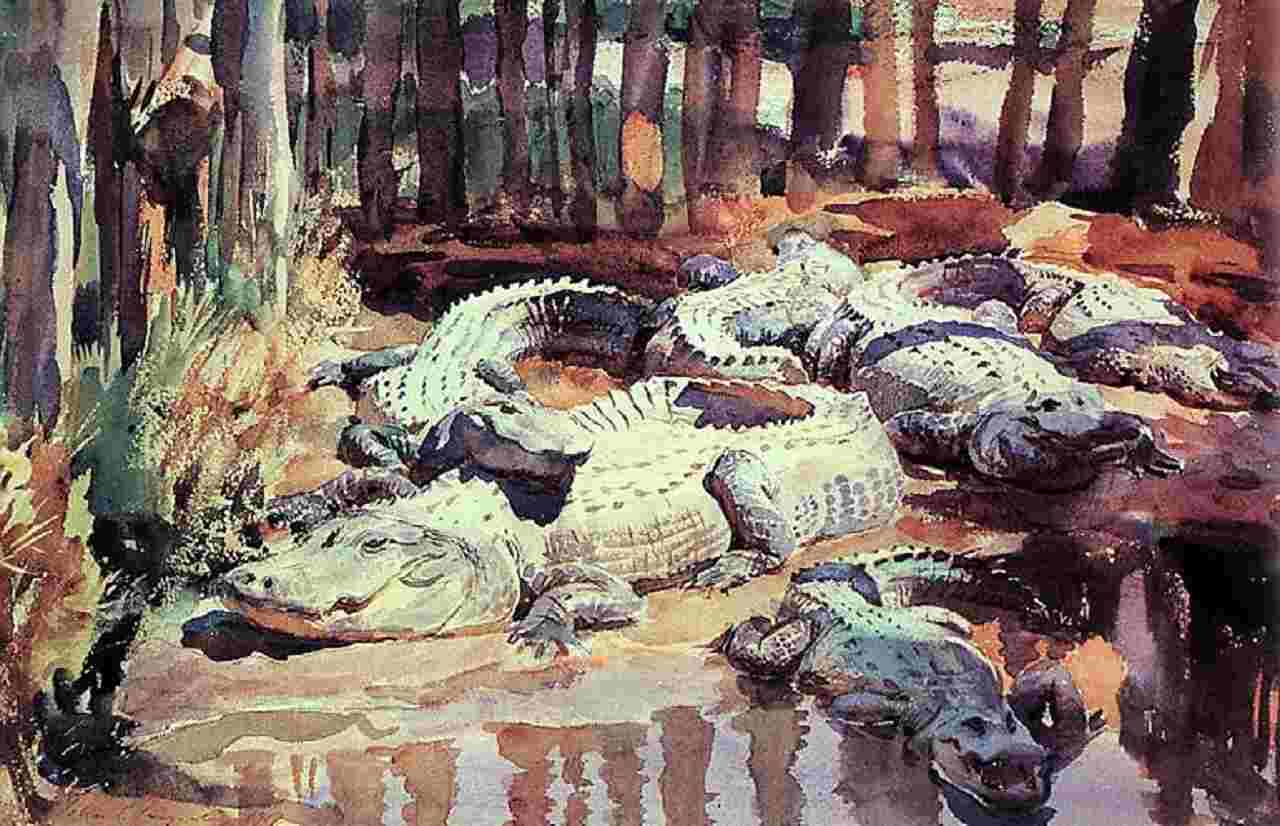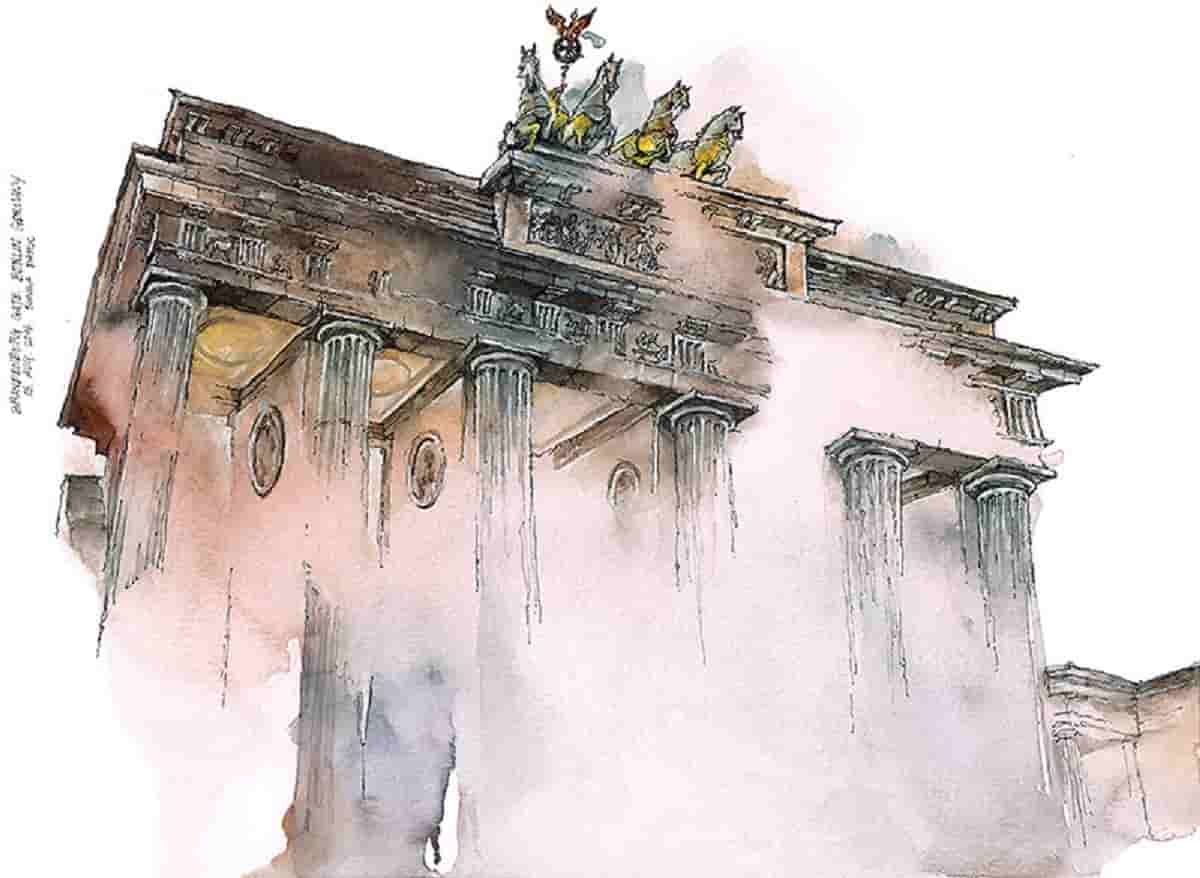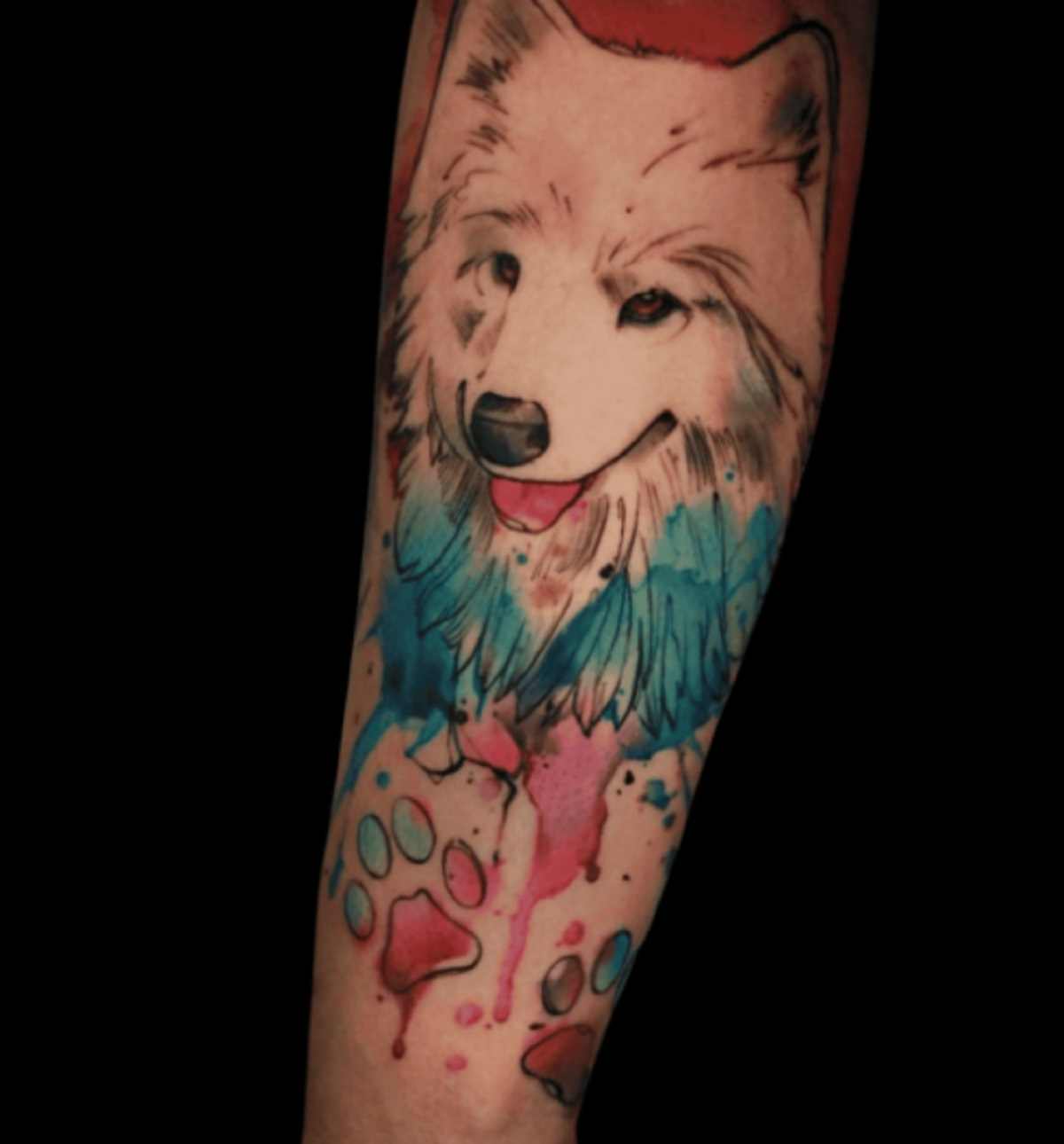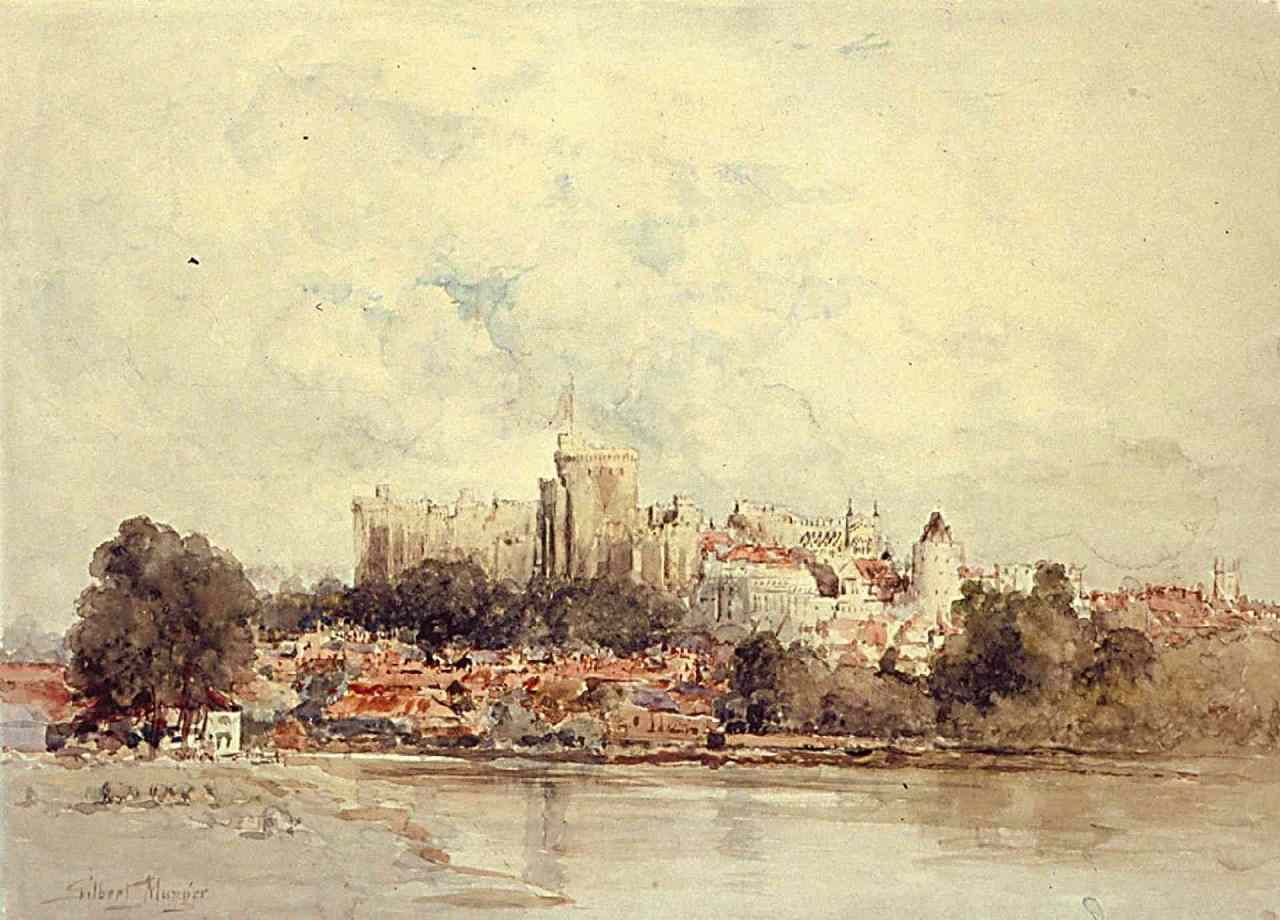Watercolor paintings by famous old masters reveal the history of how watercolor migrated from the periphery to the center as a serious medium of artistic expression
Home » NEWS »BY SEAN LEWYES
PHILADELPHIA – Watercolor paintings by major American artists were at the center of a major exhibition at the Philadelphia Museum of Art that traced how watercolor became a serious medium for artistic expression among American artists. Titled American Watercolor in the Age of Homer and Sargent, the show examined the growth of watercolor as a serious medium of artistic expression and the artists that moved it to the center of artistic expression in the United States.
American Watercolor in the Age of Homer and Sargent featured watercolor paintings by famous American artists who reluctantly embraced watercolor as an important medium for artistic expression.
Some of the artists whose artworks were in the show included Winslow Homer, John Singer Sargent, John La Farge, Thomas Moran, and William Trost Richards. Others are Thomas Eakins, George Inness, Maxfield Parrish, Jessie Willcox Smith, Louis C. Tiffany, Childe Hassam, Maurice Prendergast, Charles Demuth, and Edward Hopper.
The show brought together stunning landscapes, illustrations, designs for ceramics and stained glass that brought into focus how individual artists experimented and created new works using watercolor. But more importantly, they reminded viewers of important watercolor paintings and the artists that gave the medium popularity.
In the early 1800s, watercolor was rejected as a medium of choice by many American painters because of the stigma associated it. From Homer to Sargent and other important painters, watercolor was seen as subservient to other media especially oil. Therefore, it was relegated to a minor status and associated with lower art. Watercolor was not for serious artists or art. For instance, it was associated with amateurs, women, and commercial artists who were not central to the growing artistic experience of that period.
American Watercolor Society: Watercolor Paintings, Art and Artists
Based on this entrenched perception of watercolor as a marginal medium, it was scorned by the important painters of the 1800s. However, the fortune of watercolor as a serious medium for artistic expression began to change around 1866. That was when the American Watercolor Society was formed. With the formation of the Society, many artists began to use the medium including Winslow Homer, John Singer Sargent, John La Farge, and Thomas Moran among many others. Soon enough, watercolor paintings began to gain prominence and rival oil paintings among painters.
The formation of the American Watercolor Society was integral to the growth of watercolor among artists in America. The annual exhibition of the group marked a turning point in the appreciation of watercolor as a serious medium. Many of the watercolor paintings in American Watercolor in the Age of Homer and Sargent revealed the versatility of the medium and the dexterity of the artists that created them. From then on, the strength of watercolor as a serious medium for artistic expression flourished.
In addition to the exceptional quality of works displayed during the American Watercolor Society exhibitions, the shows also became a place for artists using the medium to converge and have discussions about their watercolor paintings and techniques.
The discourse generated during the annual exhibition of paintings at the American Watercolor Society gave credence to watercolor as a serious medium for artistic expressions.
Here are some of the watercolor paintings in the show:




Do you like watercolor? Tell us about your favorite watercolor paintings. Follow Us: Instagram–Facebook– Pinterest
Originally posted 2019-01-27 17:37:40.




Debe estar conectado para enviar un comentario.